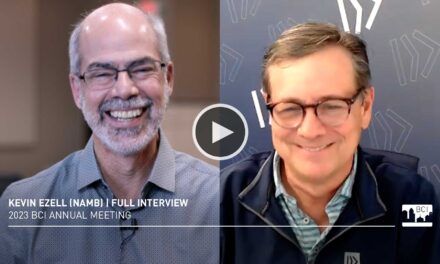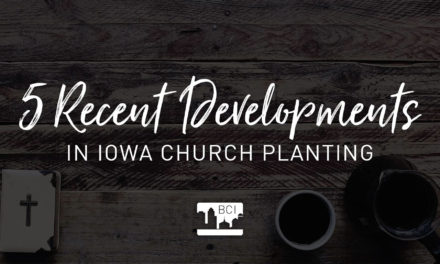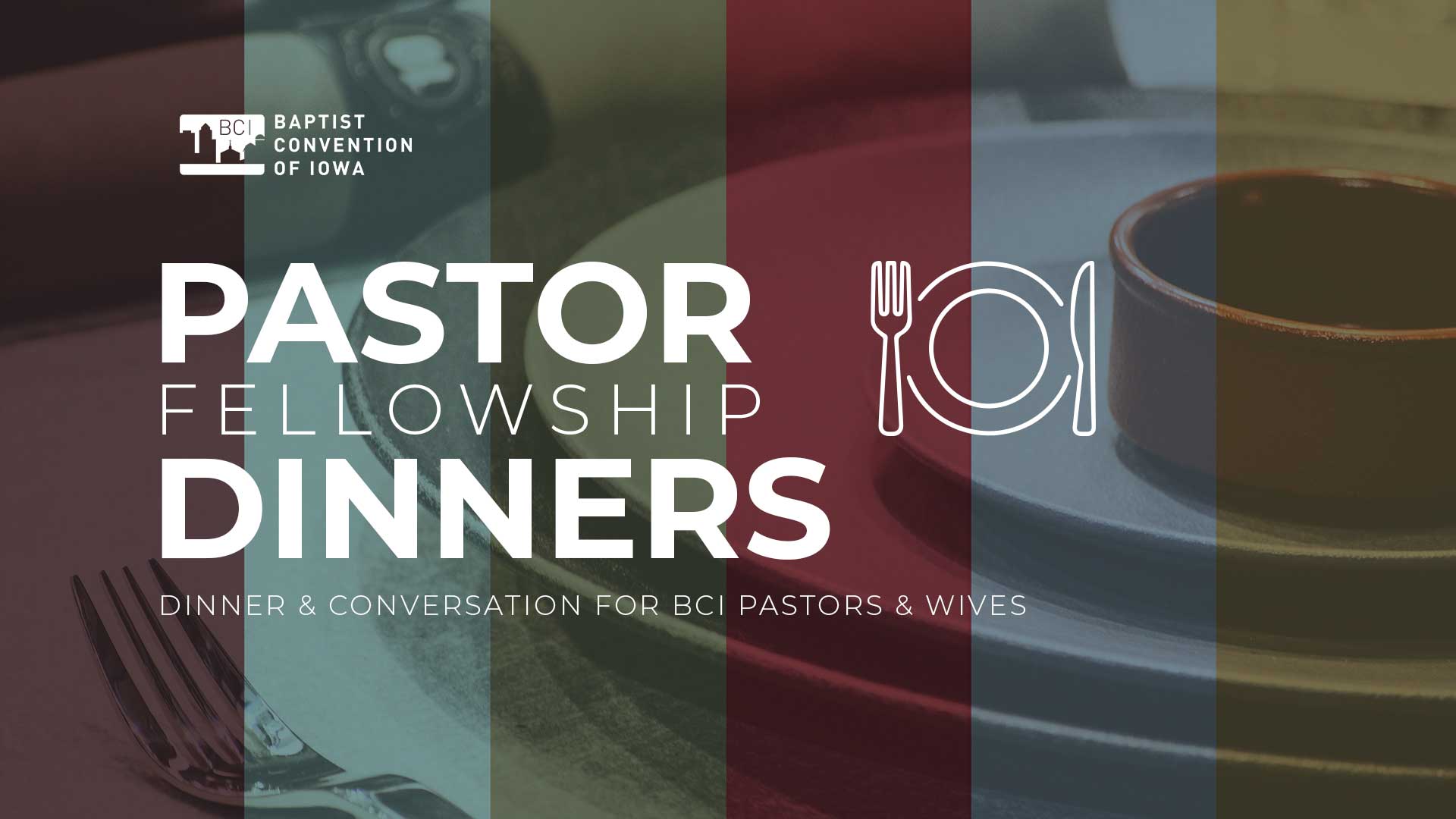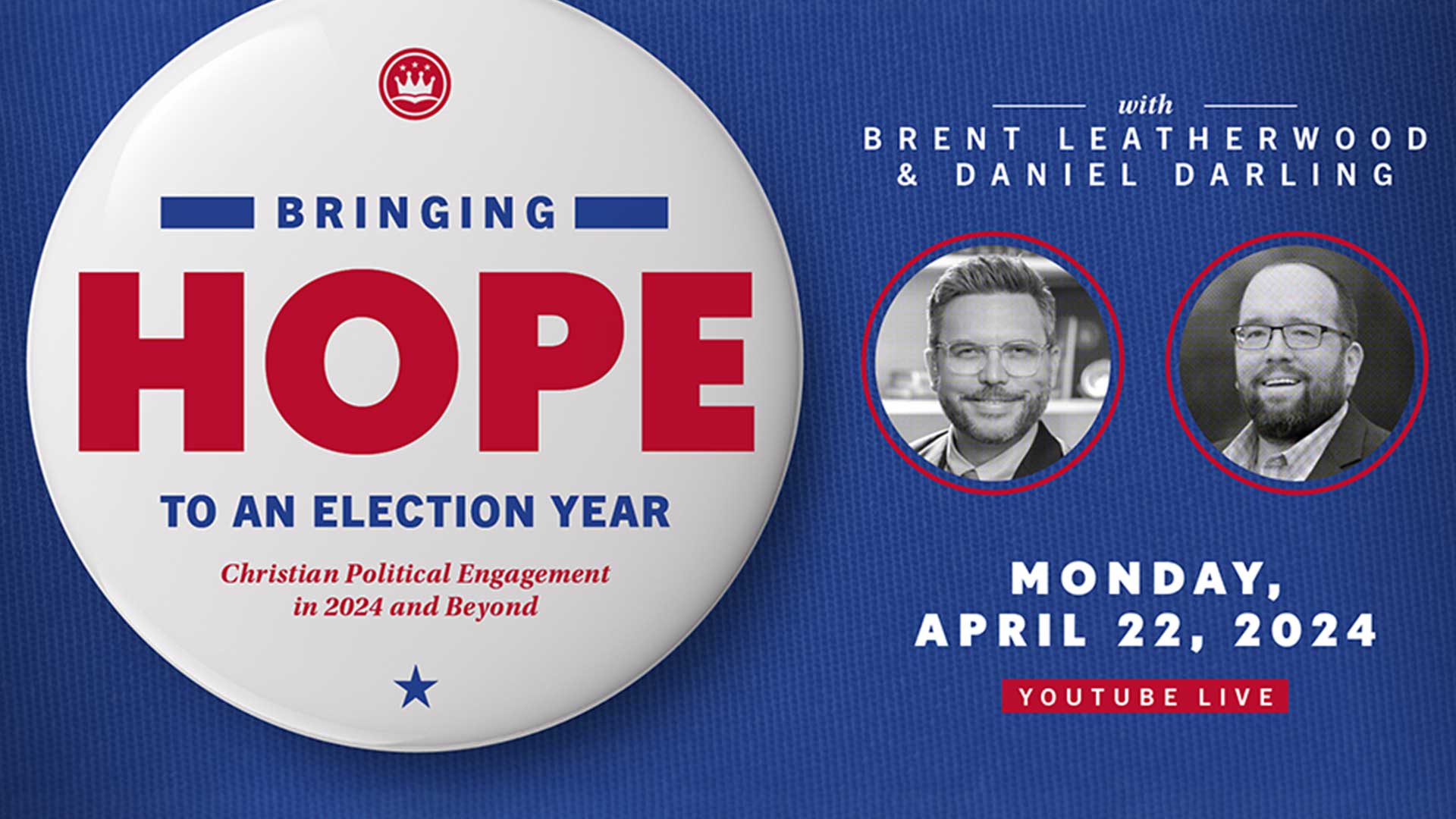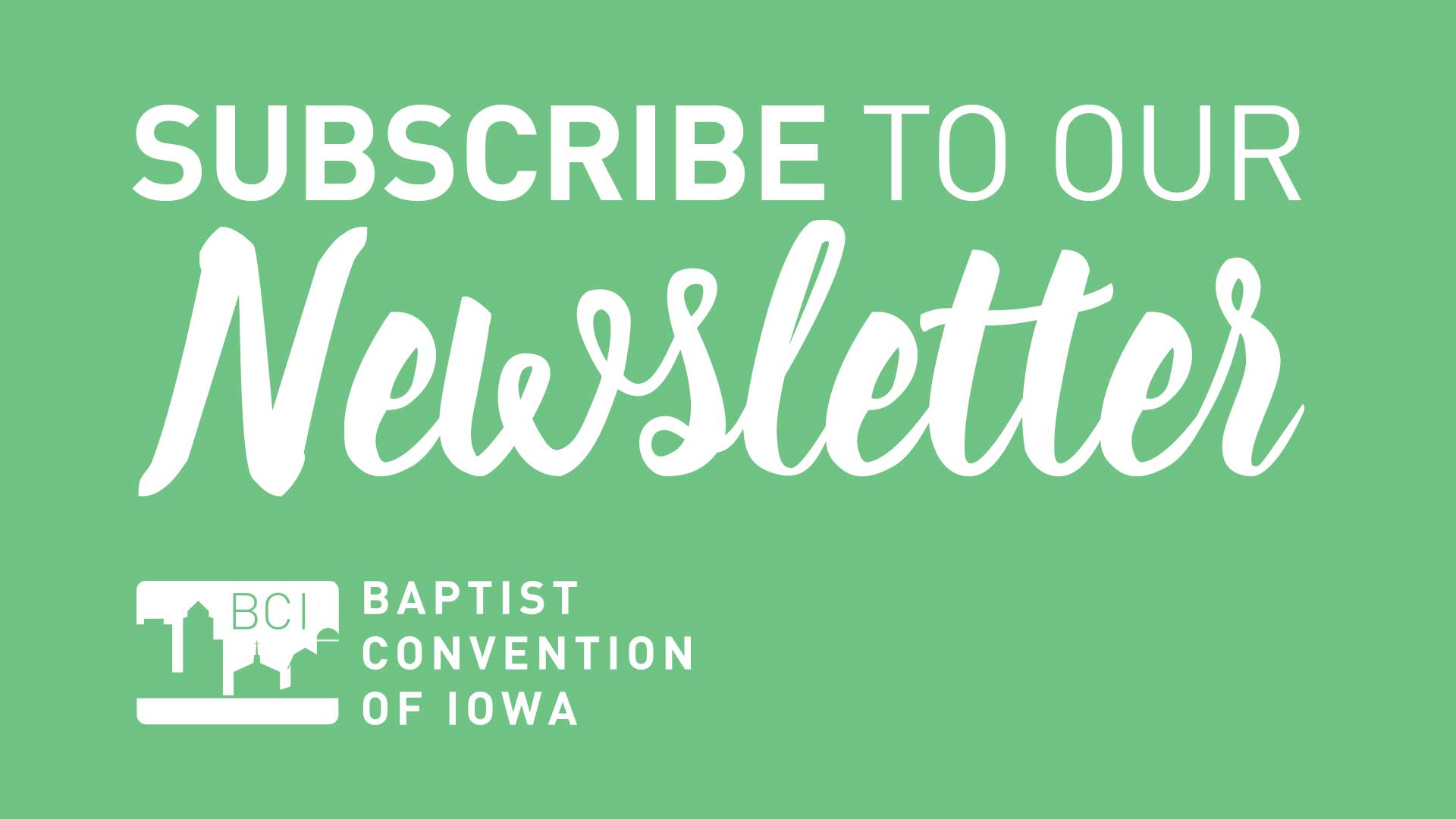Midwest Baptists bonded by geography – and challenges
At last year’s meeting of Southern Baptists in Indiana, the convention’s executive director, Cecil Seagle, told messengers to avoid the trap that says, “We live in the Midwest and it’s a hard place to take the Gospel.” To accept that perspective, Seagle said, denies the power of Jesus to change lives.
His encouraging words likely rang true in Indiana, where an estimated 85% of the population does not have a relationship with Christ. But Southern Baptist leaders there and in other Midwest states agree: It can be a difficult place to serve. The general mindset is less centered on “church” things than in the southern region of the United States, where the denomination has its roots. And the diversity found in Midwestern cities presents new challenges to believers sharing the Gospel across boundaries of language and culture.
“I think that all of us who serve outside the mainline states feel some kinship,” Iowa pastor David Miller told the Illinois Baptist. “We serve the same God and cooperate with the same convention, but I think we realize that our SBC world is a little bit different.
“We are spiritual outsiders in our own cities. That is especially true of those who are from the Midwest.”
But judging from their activities in 2012 and plans for 2013, Midwestern Baptist state conventions are taking seriously the call to share the Gospel, even in places where people may be less receptive to it. Through church planting, focused toward their diverse audiences, Southern Baptists in the Midwest are working to overcome their region’s “hard soil” reputation.
Planting outside the box
When the North American Mission Board selected cities for its “Send” church planting strategy, the Midwest tied with the western U.S. for the most cities chosen (nine). The spiritual need is great in the Midwest, and studies show church planting is an effective way to reach unchurched people with the Gospel.
Baptists responded last year, planting 28 churches in Illinois, 44 in Ohio, and at least nine in Iowa, where 70 of 99 counties have little or no Southern Baptist church presence. Church planting requires resources related to time, leadership and finances. In states where the need is greatest, leaders are changing church planting models to maximize limited resources, thereby extending the reach of new churches.
“We’ve started churches in the traditional manner – with funding being one of the keystones of a church plant. And we still do that, and we will for some time,” said Tom Law, interim executive director for the Baptist Convention of Iowa.
“But we understand that’s not a sustainable model for the long haul, or for the larger picture. In other words, you can only start a very limited number of churches that way, by the amount of money you’ve got available.”
Law said, “We did the math. There’s no way we can plant enough traditional churches to respond to the need of Iowa.” So convention leaders are utilizing a “lay-launched congregation” model, which emphasizes discipleship within the local church. Once Christians with a congregation are actively engaged in making disciples, they’re more likely to start a small group Bible study that could grow into a church in one of Iowa’s many communities. Southern Baptists in the state would be actively sharing the Gospel with their families and neighbors.
The Iowa convention is “in the process of rediscovering that this is the real cornerstone of church planting,” Law said. “My contention is that if we can get the discipleship piece in place, everything else falls into place.”
‘People Need the Lord’
There are more mosques in Michigan than there are Southern Baptist churches. In the country’s eighth most populous state, where people speak 125 languages, 6% of the population is Muslim. The Baptist State Convention of Michigan (BCSM) celebrated their state’s diversity – and the immense challenges it presents – during their annual meeting last fall, Baptist Press reported.
As people wearing Hmong, Chinese, Korean and African attire walked down the aisle at Monroe Missionary Baptist Church, they sang “People Need the Lord” in their native languages. And the message to Baptists in Michigan was clear: Their state is a mission field.
Seventeen of Michigan’s non-English language groups have a Southern Baptist presence; during his message to the convention, BCSM President Roscoe Belton spoke of “open doors” through which people who need the Lord can hear the Gospel.
“Our God is opening doors to us Michigan Southern Baptists,” he said. “Let’s seize the opportunity while we can, rather than let it pass us by.”
That sense of urgency – to reach the nations on their doorsteps – marks other Midwest state conventions too. Ohio Baptists planted churches to reach seven language groups last year. The Kansas-Nebraska convention is focusing on a rapidly growing Hispanic population. And Baptists in Illinois are exploring partnerships in Minnesota and Wisconsin to minister to Native American peoples in those states.
Working together is a hallmark of Southern Baptists in the Midwest, said Illinois Baptist State Association Executive Director Nate Adams. “SBC churches in the Midwest don’t often have the benefits of being the predominant religious culture in town, if there is one. But that gives us an extra incentive to work together and support one another, even as smaller churches,” Adams said.
“Most Midwestern Southern Baptists I know enjoy worshiping in the large churches of the South, and deeply appreciate the resources that are there. But they wouldn’t want to live anywhere else. The Midwest is our home, and our unique mission field.”
– With reporting from Baptist Press

